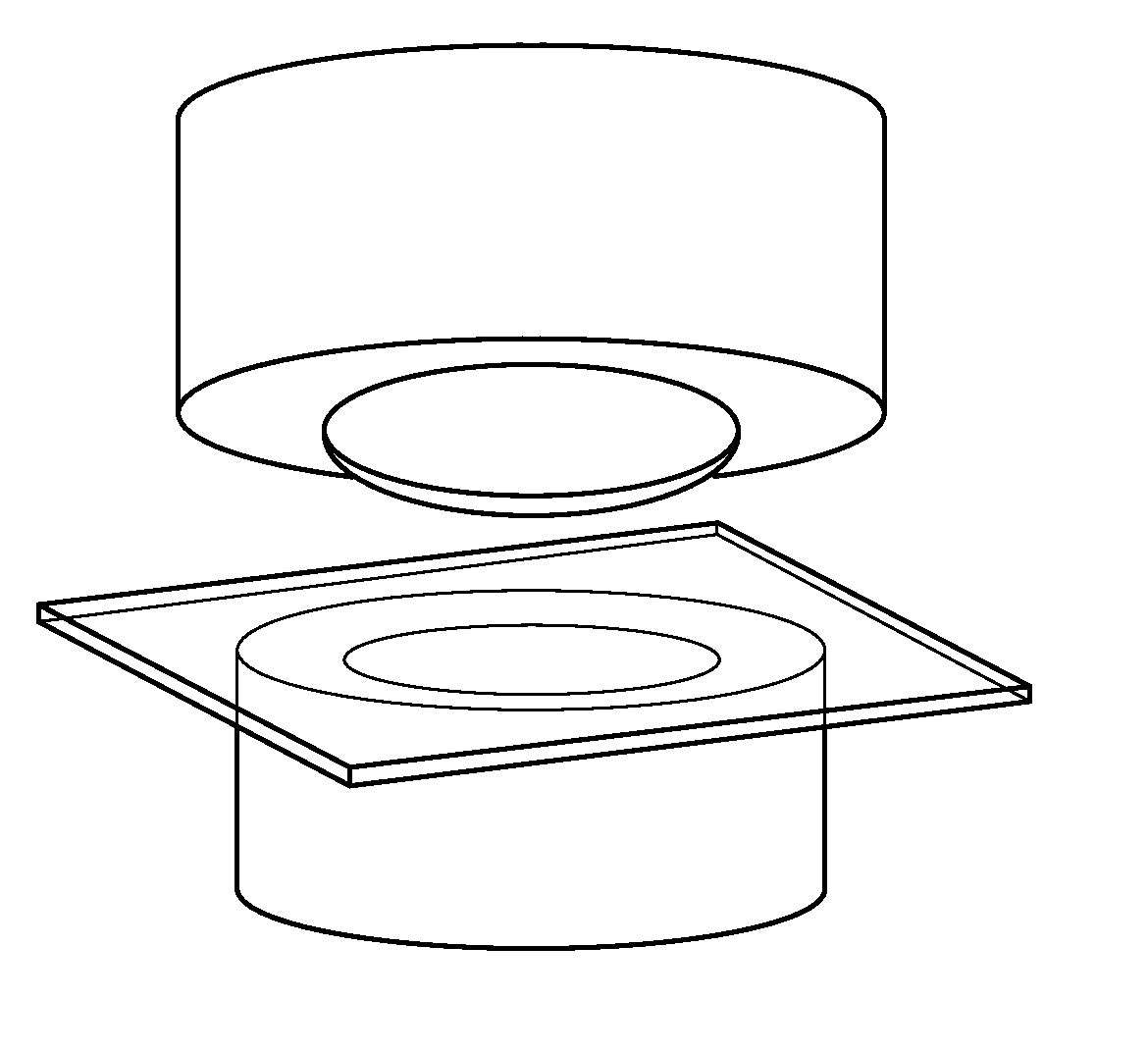Cellulose-Based Hydrogels and Methods of Making Thereof
a technology of cellulose hydrogels and hydrogels, which is applied in the field of cellulose hydrogels, can solve the problems of increasing strength often at the expense of other properties of hydrogels, and achieves the effects of high water content, high transparency, and high permeability
- Summary
- Abstract
- Description
- Claims
- Application Information
AI Technical Summary
Benefits of technology
Problems solved by technology
Method used
Image
Examples
example 1
Cellulose Gel Synthesis
[0124]Seven different types of cellulose were evaluated to determine suitable material for synthesis of a cellulose hydrogel.
TABLE 1AldrichAldrichBacterialCelluloseAvicelAvicelAvicelAvicelProductProductCelluloseTypePH 101PH 102PH 105PH 200#310697#435236(Xylos)OriginPlantPlantPlantPlantCottonCottonAcetobacterfiberfiberfiberfiberLintersLintersxylinumParticle size50902018020~10020 nm × 50(microns)nm × 100μmDensity0.26-0.310.28-0.330.20-0.300.29-0.360.50.61.6(g / cm3)Moisture3-53-52-5Content (%)
[0125]The cellulose hydrogel was synthesized by activating 2-5 grams of cellulose powder in 100 ml N,N-dimethylacetamide (DMAc), and stirring (for example, at 350 rpm) for 24 hours. In a separate beaker, 8 grams of LiCl was dissolved in 100 ml DMAc, and stirred at 350 rpm. The DMAc was decanted from the activated cellulose powder and the LiCl / DMAc solution was poured onto the cellulose, and stirred for 10 minutes. The resulting transparent solutions were poured into desired m...
example 2
Mechanical Properties of Cellulose Hydrogels
[0133]1. Tear Strength
[0134]The tear strength of cellulose hydrogels in three different states (hydrated, dehydrated, and rehydrated) was characterized. All samples were made to conform to the geometry stated in ASTM standard D 624-00, sample type C. Samples in the hydrated state were made by pouring the cellulose+LiCl / DMAc solution into a mold with the appropriate sample geometry. Cheesecloth was placed in the ends of the mold before pouring to assist in gripping the hydrated gels during testing. Hydrated samples were allowed to gel overnight, washed in running tap water for 2-4 hours, soaked in tap water with frequent water exchange for 24-48 hours, and stored in tap water. Sheets of cellulose hydrogel were made by pouring the cellulose LiCl / DMAc solution onto a glass plate and allowing to gel overnight. Sheets were dehydrated between glass plates lined with Teflon film in an oven above 100° C. for approximately 5 hours. The sheets were ...
example 3
Transparency Properties of the Cellulose Hydrogels
[0143]The transmittance of the cellulose hydrogels was measured in the range of wavelengths from 250 to 800 nm using a Perkin-Elmer Lambda 9500 series UV-visible spectrophotometer. As transmittance is dependent upon thickness, the thickness of each sample was measured with calipers prior to loading the sample in the spectrophotometer. Transmittance values were then normalized to a thickness of 100 μm according to
FT-corr(λ,t2)=[-σt(λ)t1]t2t1=[FT-corr(λ,t1)]t2t1,
where t1=actual specimen thickness, t2=thickness to which transmittance measurements were normalized.
PUM
| Property | Measurement | Unit |
|---|---|---|
| tensile strength | aaaaa | aaaaa |
| thickness | aaaaa | aaaaa |
| thickness | aaaaa | aaaaa |
Abstract
Description
Claims
Application Information
 Login to View More
Login to View More - R&D
- Intellectual Property
- Life Sciences
- Materials
- Tech Scout
- Unparalleled Data Quality
- Higher Quality Content
- 60% Fewer Hallucinations
Browse by: Latest US Patents, China's latest patents, Technical Efficacy Thesaurus, Application Domain, Technology Topic, Popular Technical Reports.
© 2025 PatSnap. All rights reserved.Legal|Privacy policy|Modern Slavery Act Transparency Statement|Sitemap|About US| Contact US: help@patsnap.com



